
If 2023 brought seismic shifts in how marketers approach their work, what can we expect for 2024?
While Search Generative Experience (SGE) is the most significant development search marketers are anticipating, there are still other search engine trends to look out for, especially in the local SEO space. SEO experts must develop a “hyperlocal” mindset as consumers focus on what’s near them at a neighborhood—not citywide—level. In addition, there’s an opportunity for growth in SEO opportunities outside of the English language.
Ultimately, the biggest priority for marketers is to become proactive instead of reactive. We all know how long it takes for changes to take hold after implementation. Playing the waiting game could leave you in the dust.
You Should Be Planning for SGE Already
SGE has been discussed a lot in the past, but it’s really impossible to overstate just how seismic a shift it will have on the industry. That’s why it was a little surprising that a November 2023 survey of 1,000 revealed that just under 50% of the surveyed marketers didn’t have a fully finalized strategy for SGE.
It’s a big deal! That hesitation has already put them behind.
SGE is a major leap forward for zero-click content designed to answer user questions through Google without clicking on an actual page. And while SGE isn’t intended to answer every question under the sun, it can still provide helpful insights and information in this zero-click context.
Matthew Santos, Senior Vice President of Product and Strategy at NP Accel, notes:
“At the SMB (small- to medium-size business) level, I think this is a new feature that gives the little guys a fighting chance of finally showing up above the fold on short-tail queries. 94% of the SGE section results are completely different from the organic 10 blue links below it. So, to me, it shows that Google is hungry for new brands to come onto the scene and grab some market share.”
SGE is very much a work in progress, though. Unfortunately, accuracy can be a struggle, given the rise of AI-driven content (and self-cannibalization). But over 65% of the marketers surveyed by NP Digital don’t feel that way. In fact, many of them thought it’d be more accurate than conventional results.
How can you build a strategy to put your content front and center in AI experiences like SGE?
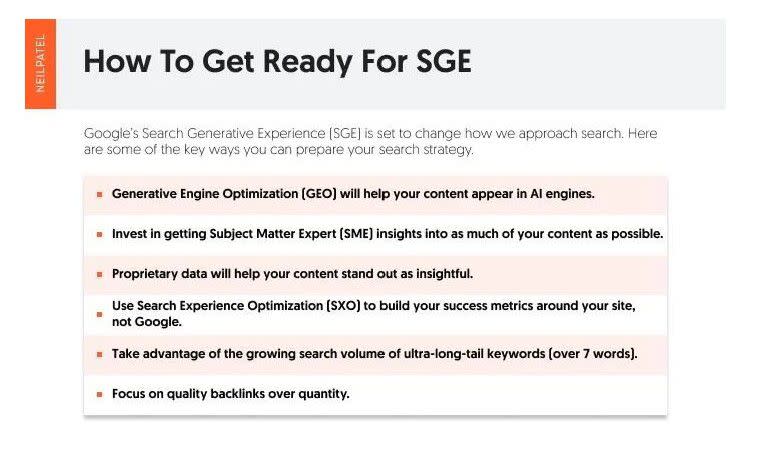

Focus on generative engine optimization (GEO). Diversify your strategy beyond the basics of SEO. Include time to value in your articles and posts, and don’t forget to emphasize a good user experience (UX) as part of your decision-making. Getting your content mentioned across the web helps bolster your authority and promotes you as a reliable source.
Where have you heard that before? Oh, yeah: E-E-A-T.
Some of the best ways to focus on E-E-A-T include ensuring you have author pages that show your writers know what they’re talking about. In addition, you should make a concrete effort to include subject matter experts (SMEs) in every piece of content you produce.
In addition to GEO, there’s another optimization tactic you should focus on: search experience optimization (SXO). SXO prioritizes success metrics like conversions or lead generation based on your site’s metrics, not Google’s.
Finally, reconsider any preexisting notions about ultra-long-tail-keywords with seven or more words. In 2023, those types of keywords drove an increasing amount of revenue compared with years past.
The Future of Link Building
You can’t talk about SGE without talking about link building.
Earning links helps Google understand that your content is worth paying attention to, but how you build those links is different. Your priorities should now include things like:
-
A better focus on quality over quantity links, either through cultivating good ones or manually disavowing spammy or low-quality ones.
-
Asset formats that will help you earn links, like quizzes.
-
Focusing on data and figures that will appeal to publishers and major sites (a cornerstone of your digital public relations (DPR) strategy)
-
Using AI and machine learning to help with outreach and relationship management.
Consider SEO Opportunities Outside of English
Nearly 59% of content online is in English.
But there’s a problem with this: Most of the world doesn’t speak the language.
However, every problem comes with a big chance to score a win. And for SEOs, that means targeting SEO opportunities in other languages. While many major companies already do this, mid-size and startup organizations should start. One effective strategy is to localize (not just translate) effective content on your site into different languages. You can also optimize your website architecture for multiple languages. And if you need help identifying markets where multilingual SEO makes sense, consider using your analytics platform to investigate where your users are coming from.
In 2024, NP Digital will take global SEO opportunities to heart as it continues expanding internationally.
That’s not just good for the agency. It’s good for their clients, too, as the agency continues to rack up awards from industry-leading publications like The Drum.
Hyperlocal SEO Is in the Spotlight
Local SEO has always been important, especially for industries that serve customers at multiple locations. But now, it’s becoming a critical part of all marketers’ strategies. Instead of focusing on SEO for a market or city, consider the idea of hyperlocal SEO.
What is hyperlocal SEO? The strategy drills down to specific neighborhoods and localities instead of cities or metropolitan areas. The days of “restaurants in my city” might be over. Instead, the search might include specific street names, subdivisions, suburbs, and ZIP codes.
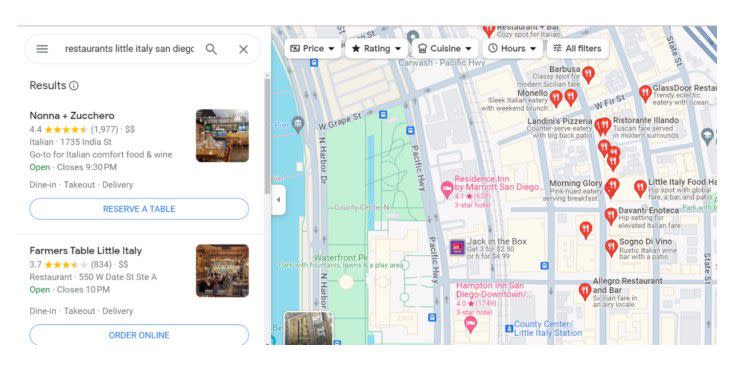

How can you be proactive and anticipate this shift? Easy: Start thinking about geotargeted keywords to connect with local searchers. Optimize your pages for terms that contain city names, neighborhoods, and distances.
That hyperlocal focus should extend to regular updates to your Google Business Profile and Apple Maps pages. Ensure information is accurate. Don’t forget about social media, either. Your name, address, and phone number should always be correct. Regular audits go a long way toward ensuring your next customer can find you.
Content Isn’t King Anymore (But It Is Relevant)
Let’s talk about content.
If there’s one part of the marketing world that is particularly shaken up by AI, it’s content creation. AI-generated content is practically everywhere, and it’s challenging some of the conventional wisdom.
The prevailing wisdom used to say that “content is king,” but that adage comes from a time when there was a lot less of it available. These days, writers and marketers produce nearly 4.6 billion pieces of content each day.
Does that mean blogging isn’t worth the effort? Absolutely not. It’s just more challenging to stand out. If you’re not standing out, you might not see the return on investment (ROI) you want. After all, over 96% of the content indexed in Google sees no meaningful search traffic.
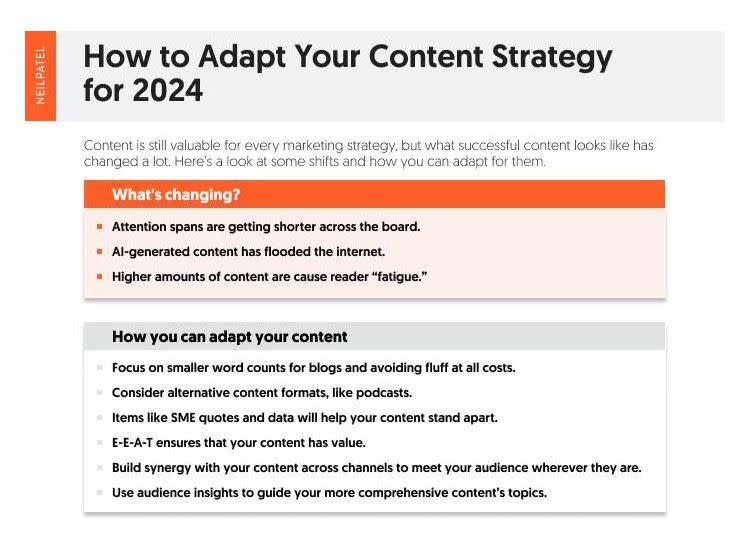

So, how do you manage the issue?
The same way you always have, just dialed up to 11: Create unique, fresh content surrounded by a good UX, then promote it effectively.
Great content these days might focus less on passive consumption and more on interactive elements like demos, quizzes, and augmented reality (remember the Apple Vision Pro?).
Attention spans are shorter. The “TikTokification” of online video has emphasized smaller content, especially when you have a short amount of time to get your point across. That translates to text content, too.
Smaller word counts that get your point across faster might be a lot more powerful than 5,000-word deep dives.
Kim Scoppetta, Senior Director of Content at NP Accel, points out that:
“No matter the topic complexity, what matters is readability. Use bullet points, TLDRs, and visuals to get your point across. Don’t try to infuse marketing jargon—stick to the topic at hand and give readers the information they came to you to learn.”
If blogging isn’t your thing, consider podcasting. There are over a billion blogs out there versus between 3.2 million and 4.3 million podcasts. And while those are still huge numbers, it makes podcasts a much easier medium to impact. You still have put out a quality product, though.
Ultimately, you need to put effort into your content, which might need a different focus than the traditional text medium of years past.
Social SEO Is Taking Up a Bigger Search Share
In last year’s recap, NP Digital talked about how social media platforms like TikTok are turning into new, more popular search platforms. That’s still true. You’ve probably even noticed that social media posts on platforms like X, TikTok, and other networks are taking up a larger share of high search results.
What this means for marketers is that including social SEO considerations and optimizations needs to be a part of content creation for social posts. In practice, this looks like:
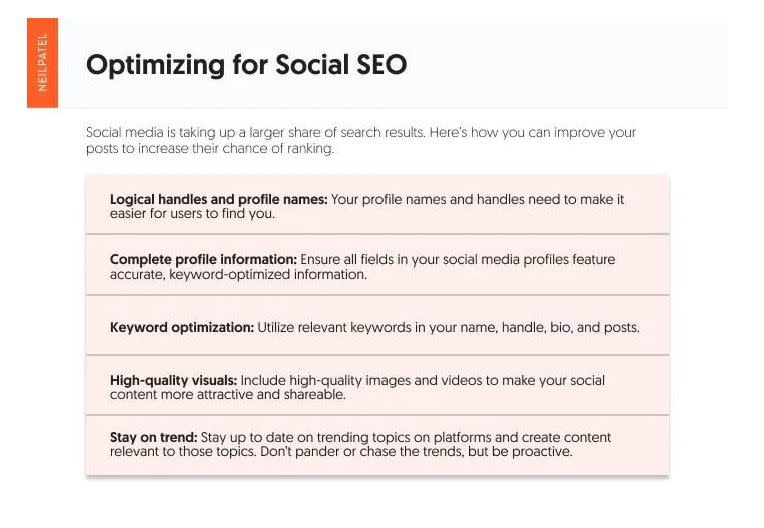

Kayla Bautista adds,
“It’s important to create content that is not only visually appealing and compelling but also informative and valuable to users searching for specific topics or solutions. As a result, brands need to find a balance between creating content that resonates with their social media followers and aligns with the broader search intent of online users.”
Conclusion
There are still a lot of unknowns in search trends for 2024, especially given how long it is taking for SGE to roll out. But that doesn’t mean you can’t proactively prepare for them or make efforts to adopt the strategies outlined above.
Marketers looking at where SEO is headed in 2024 should clearly be thinking about how content volume isn’t as important as content quality. While you should still keep a regular cadence, the influx of AI-generated content means shorter, quality content is at a premium.
As more brands rely on AI to pump out content, building your brand is more important than ever before, as is consistent messaging across all channels.
Finally, don’t underestimate the importance of global SEO outreach, especially if you have customers who don’t speak English or live abroad.
This article originally appeared on NeilPatel.com and was syndicated by MediaFeed.
More from MediaFeed
10 AI Tools That Can Write Your Business Plans

Thinking of launching a new business? A business plan can be the difference between success and failure.
A solid business plan is a roadmap for success, highlighting essential steps to follow and strategies to implement to achieve your objectives. It gauges the viability of your idea by outlining critical aspects like funding and budgeting, pricing strategies, marketing approaches, and sales projections.
However, creating a good business plan can be time-consuming and demand extensive research, and capturing your ideas in writing can be challenging. Fortunately, there’s a way you can navigate these barriers—and become more creative and productive while you’re at it.
AI business plan generators expedite the development of comprehensive and tailored business plans by quickly bringing your ideas to life. Since they are trained on vast amounts of data, AI tools can automatically handle tasks like text generation, risk assessment, and data analysis.
Keep reading to discover the top AI business plan generators you can use to create a solid business plan for your next startup.
JLco – Julia Amaral/istockphoto

Copy.ai is a comprehensive platform that generates content for a wide range of use cases, including blog posts, email marketing, and social media posts. It features a variety of templates that can give you a headstart rather than starting entirely from scratch. From simple and clear prompts, Copy.ai can help you perform market research, generate executive summaries, and provide tips to optimize your pricing strategies.
Copy.ai runs on AI models trained on vast amounts of data, which can provide you with valuable insights to accelerate the business plan development process. However, when using Copy.ai, you must clearly define your target audience, potential competitors, types of products you will offer, and a list of expected revenues and expenses so it can generate relevant plans.
Pros:
- Real-time editing for collaboration
- Add desired voice and tone to create tailored outputs
- Free Forever plan allows you to test out core features before committing
- Templates usable according to your business idea
- Generate business plans in different supported languages
Cons:
- Requires subscription to higher-tier plans for features like unlimited brand voice and projects
- Possibility for generic information, especially when prompts aren’t descriptive enough
Pricing:
- Free Forever plan with limited features (1 seat)
- Pro plan for $49 per month (5 seats)
- Team plan for $249 per month (20 seats)
- Growth plan for $1,333 per month (75 seats)
- Scale edition for $4,000 per month (200 seats)
copy.ai
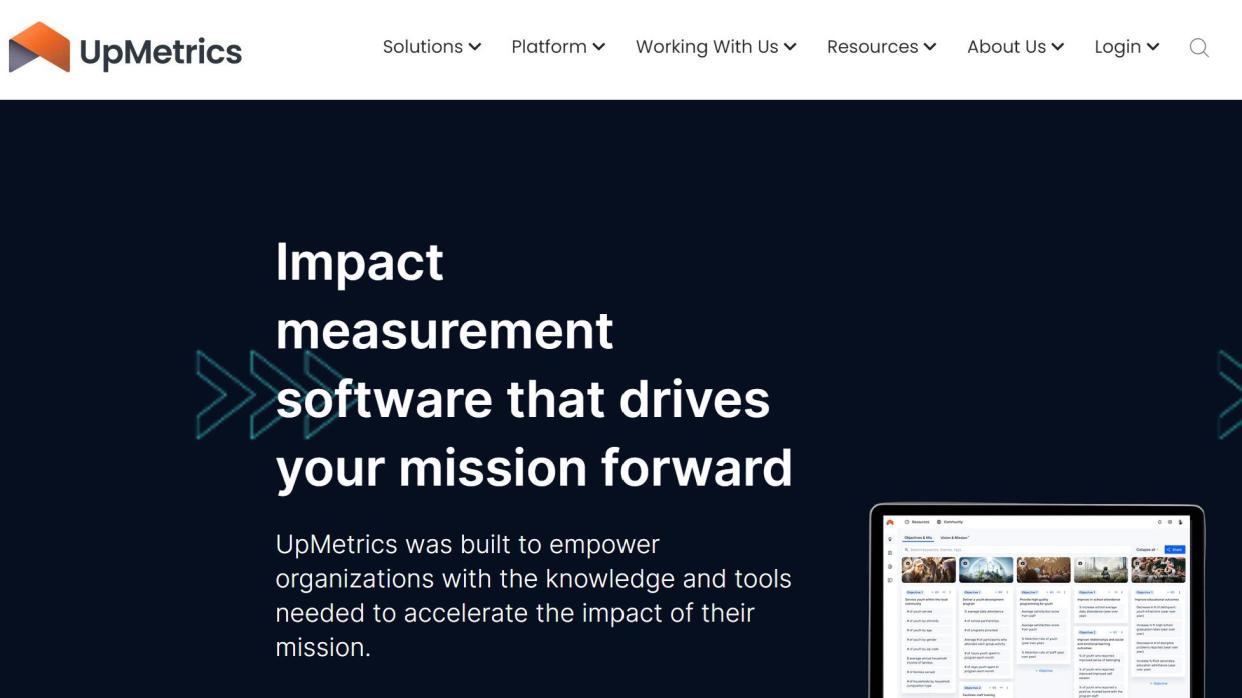
Upmetrics is a flexible tool that helps individuals plan, forecast, and strategize. Its primary purpose is to enhance entrepreneurs’ decision-making capabilities through features such as financial projections, market analysis, and business model crafting.
Upmetrics also provides a business plan course to boost your knowledge and help you prepare more detailed strategies for your venture. The integrated AI assistant offers tips and valuable insights as you work.
Pros:
- Over 400 templates and examples to help you draft better content
- Financial projections based on your inputs
- Change the tone and style of your business plan to suit your needs
- Pricing plans start at $9 per month, making it an affordable option
- Access to step-by-step guides to help you write comprehensive plans
Cons:
- Advanced features like strategic planning and converting generated content to docs only accessible in the premium plan
- Teams are limited to five members, which can be problematic for larger organizations
- Possibility for inaccurate or overly generic information
Pricing:
- Starter plan for $9 per month
- Premium plan for $19 per month
upmetrics.com
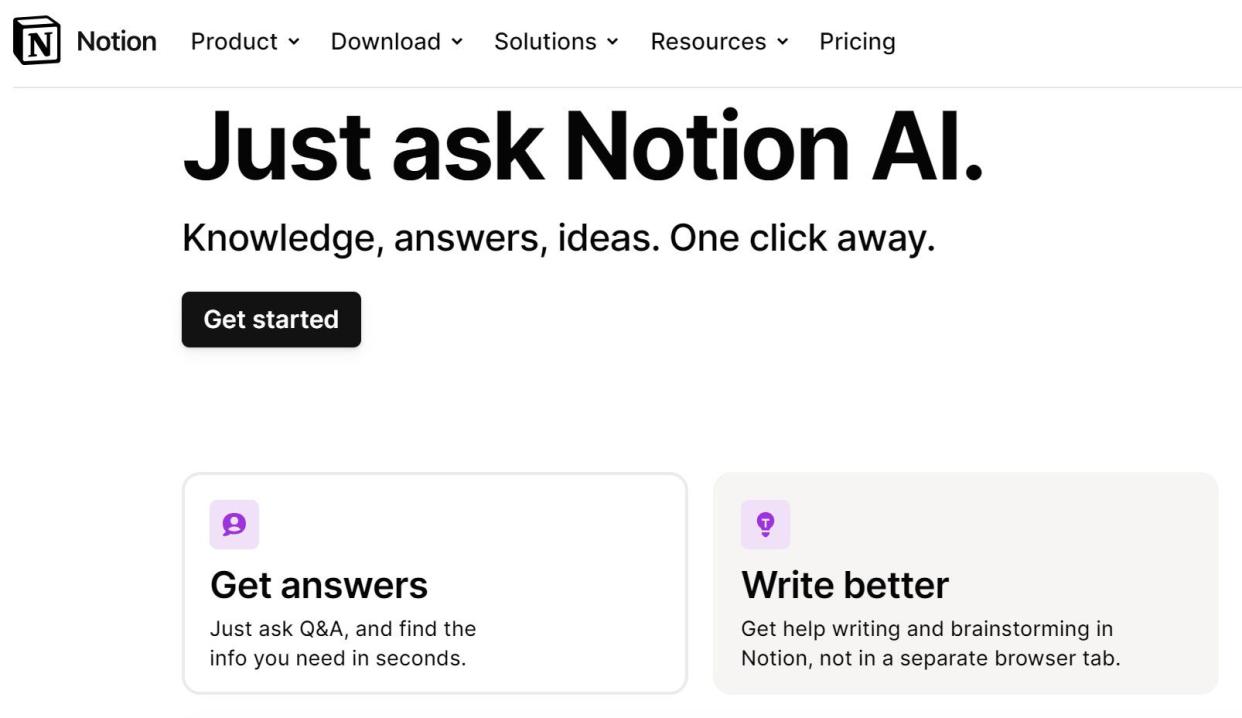
Notion offers AI functionalities for a range of use cases. Its AI-powered writing feature can help you create tailored business plans. It can summarize market research and other crucial docs, fix spelling and grammar mistakes in your writing, and generate outlines and templates for creating comprehensive business plans.
Plus, you can specify the voice and tone Notion AI should use when generating content. Since Notion is trained on vast amounts of data, it provides tips and insights to enhance your strategies. Moreover, Notion supports real-time collaboration, allowing different team members to work together to develop detailed business plans.
Pros:
- Numerous comprehensive features in one package can be better value for your money
- Free plan
- Supports a collaborative workspace
- Assists in finding ideas for a new startup and generating business plan content
Cons:
- Not tailored specifically for business plan creation, meaning it requires more detailed and specific prompts to get the job done
- Possibility of paying for features you don’t need
- Pay more to store files for more than 90 days
- Outputs can sometimes be biased or inaccurate
Pricing:
- Free with limited tier
- Plus plan for $10 per month
- Business plan for $18 per month
- Enterprise for a custom price quote
notion.so

Bit.ai uses a template-based approach for business plan creation. Templates include executive summaries, business proposals, competitor research, pitching, and SWOT analysis.
Bit.ai is powered by various AI models, allowing it to perform tasks like creating content, drafting charts, and helping teams coordinate. Bit’s Smart Spaces also support collaboration through features like version control and document sharing and tracking.
Pros:
- More than 100 templates for content creation
- Built-in collaboration tools make it easy to work with colleagues
- Import assets from Google Sheets, Figma, and LucidChart
- Download documents in multiple formats, including PDFs and Word documents
- Create responsive business plan documents
- Track how potential investors and partners interact with the business plan
Cons:
- Getting used to Bit’s workspace may take time, especially for beginners
- Upgrade to higher plans to access more advanced features
- Limited design options
Pricing:
- Free plan with limited tier
- Pro plan is $12 per member each month
- Business edition for $20 per member each month
bit.ai

Grammarly is a versatile tool that primarily helps individuals enhance their writing. It can find grammar mistakes and provide suggestions to modify sentence structure, resulting in high-quality content.
With AI integration, Grammarly can help you create a polished business plan with the right tone, length, and formality. This AI-powered tool features straightforward outlines for drafting various business plan portions like the executive summary, company description, and mission statement.
Pros:
- Tailored toward creating quality and error-free content
- Offers style and tone suggestions to ensure you write a business plan with a consistent voice
- Features a simple and user-friendly interface
Cons:
- Can create inaccurate content
- Requires lengthy prompts to provide detailed responses
Pricing:
- Free plan with limited features
- Premium plan for $12 per month
- Business edition for $15 per member each month
grammarly.com

Simplified is an AI business plan generator specifically tailored for small businesses. Users enter specific business information, including objectives, product offerings, target marketing, and financial details, and Simplified generates a personalized plan.
Besides pre-made templates, Simplified’s AI-powered writing tool is flexible, allowing you to create new content from scratch. Its advanced algorithms and natural language processing technology ensure you get outputs that match your needs.
Pros:
- Access over 90 free AI templates
- Intuitive and user-friendly interface
- Export generated business plans in multiple formats, including PDF and Word documents
Cons:
- Generated AI business plan templates may be too general
- Set up of the Simplified workspace can be complicated
Pricing:
- Free plan with limited tier
- AI Writer Pro starting at $18 per month (for 35,000 words and 1 seat)
simplified.com

Wordkraft is a content generation web application suitable for a wide number of uses, including creating blog posts, drafting articles, generating responses to customer reviews, and structuring social media posts.
Wordkraft also features a variety of writing templates, including business plans. The templates allow you to set the desired language, tone, and type of creativity that AI should use when drafting content.
Wordkraft is powered by OpenAI’s GPT-3, GPT-3.5, and GPT-4 algorithms. In this case, they have been fine-tuned to produce more accurate and relevant content for Wordkraft users. As a result, Wordkraft can help you with market plan creation.
Pros:
- Intuitive dashboard with easily accessible features
- Free plan with access to 64 content-creation tools
- Access to rated business plan templates to help you find the best to use
Cons:
- Possibility for unfactual and overly generic content
Pricing:
- Free plan with basic features
- Pro starter plan for $9 per month
- Pro unlimited plan for $29 per month
Wordkraft.com

As the same suggests, Beautiful.ai is a versatile tool for creating visually appealing presentations, including business plans. You can use Beautiful.ai’s presentations to showcase your financial plans, market analysis, and marketing strategies to investors and other stakeholders.
This platform can also recommend color, font, text, and other visual details to improve your presentations.
Pros:
- Improve your creativity by applying AI-generated styles to your presentation
- Access numerous templates to create presentations
- Easy to use, even for beginners
Cons:
- No free plan
- More customizable features are supported only in higher-tier plans
Pricing:
- Pro plan is $12 per month (only billed annually at $144)
- Team plan is $50 per user per month
- Enterprise edition is available at a custom price quote
beautiful.ai
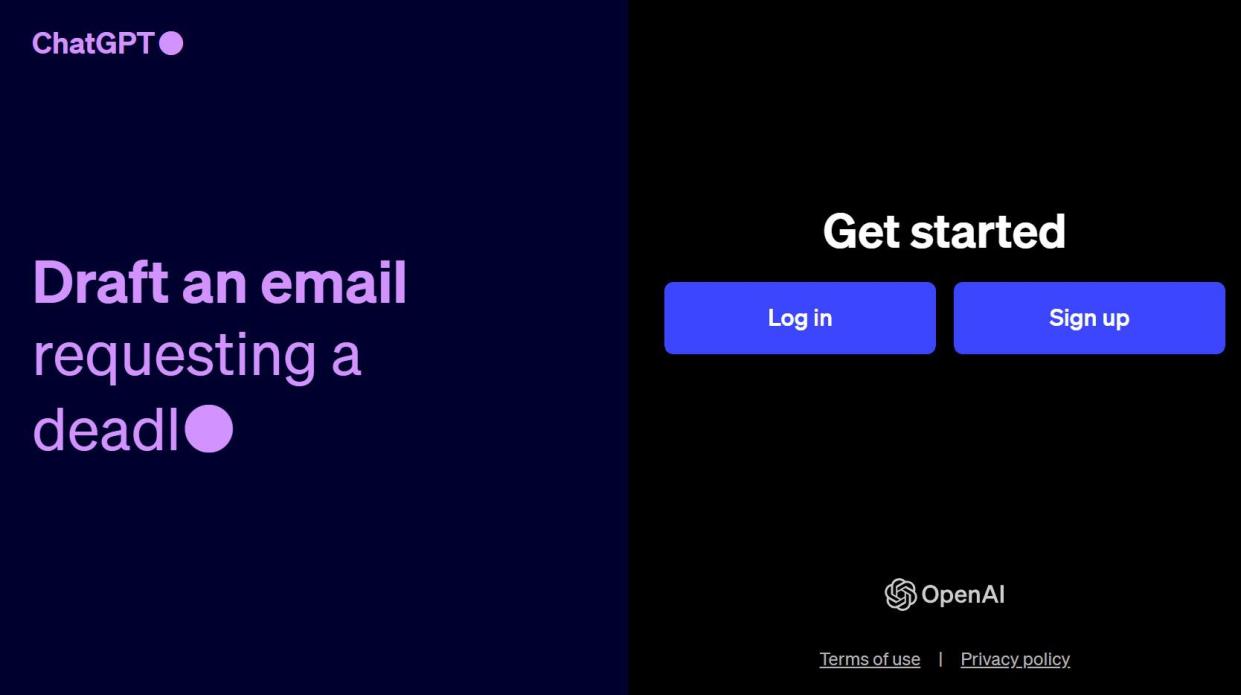
Powered by OpenAI’s GPT models, ChatGPT is an AI chatbot with many uses, such as generating different types of content, answering questions, and translating languages.
With the right prompts, ChatGPT can help you develop a detailed and personalized business plan for any idea. If you provide data, it can assist with financial forecasts, helping you create forward-thinking business plans. ChatGPT can also help with market analysis on a limited scope.
Pros:
- The free version of ChatGPT is equipped with numerous features and can help create comprehensive business plans
- You can modify prompts to get more refined responses
- User-friendly interface
- Helps with generating content in a personalized voice and tone
Cons:
- Possibility for inaccurate and biased information
- Limited functionality with domain-specific topics
Pricing:
- Free plan
- ChatGPT Plus is $20 per month
chatgpt.com

Beyond highlighting your idea, a comprehensive business plan should lay out steps and strategies to actualize it. Here are the critical components of a good business plan:
- Executive summary. This provides a brief overview of your plan, including your company name, type of business, target market description, product and information, pricing and marketing strategies, and financial projections.
- Market research and analysis. This section contains a detailed analysis of the target market and competitive landscape. It helps you assess the viability of your business idea.
- Financial projections and forecasts. This component highlights the sales figures and profit the business is likely to make in a specific period. It also contains a projected balance sheet, income, and cash flow statements.
- Pricing and profitability strategies. This section describes how you will price your product or services to attract customers and make a profit.
- Marketing strategies and roadmap. This component outlines your marketing plan, strategies, and channels you will use to promote a product to the target audience. It may also feature a marketing budget and operational plan to help you effectively run the campaign without going over budget.
- Company description and mission statement. The company description outlines your business name, the products you’re dealing with, the management team, and the organizational structure. A mission statement, on the other hand, spells out the company’s purpose and values.
Viorel Kurnosov/istockphoto

A solid business plan puts you closer to achieving your business goals. It lays out the strategies and channels you’ll use to achieve success. AI business plan generators can ease the planning process for entrepreneurs and business owners. These tools can generate content for different business plan components, which you can edit to align with your specific needs.
But AI-powered business plan generators can also make mistakes and spit out biased and inaccurate information. Consider working with AI professionals and business plan writers to help you harness the power of these tools effectively in your workflow.
This article originally appeared on Upwork.com and was syndicated by MediaFeed.org
PeopleImages/istockphoto



